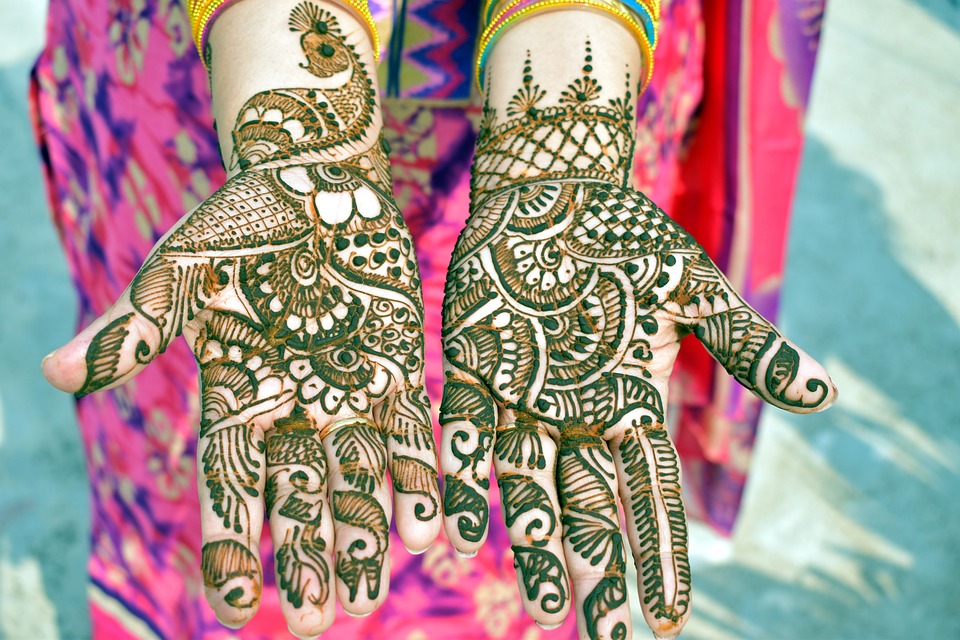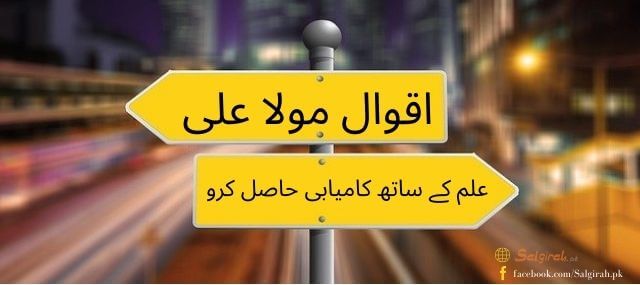Sindhi Hindus festivals
1. Cheti Chand
Celebration of the birth of the Avatar of Water god (Varun Devta) Sai Uderolal, popularly known as Jhulelal. So much has been said and written about it that it would be superfluous to mention the event again. In Sindh, the beginning of the New Year was considered Cheti Chand. Some businessmen opened new account books on Cheti Chand; many, however, did that on the eve of Diwali. On the full moon day, people used to go to a river or lake and offer 'Akho' with a pinch of rice mixed with milk and flour. If there was no river or 'Darya', the ritual was performed at a well. Even Sindhi Sikhs go to temples or Gurudwaras because Guru Nanak's birthday also falls on Pūrnima.
2. Sagra
(Sacred thread) Sindhi Bhaibands often lived in foreign countries; therefore, their wives were always worried about the good health of their husbands. For this purpose, they performed pooja and fasted on four Mondays of Sawan month, after which they perform pooja, distribute sweet rice, and then had the sacred thread tied on the wrist by the priest ( Bandhan ).
3. Mahalakshmi's Sacred Thread
(Mahalakshmi-a-jo-Sagro) This sacred thread had 16 strips and 17 days. On the day when the sacred thread was to be untied, it was celebrated as an important day and special savories like Satpura and Pakwan of Suji & Maida were made and distributed firstly to the priests and the poor, and afterward, the remaining savories were used by family members.
4. Fasts In Sindhis
Generally Mondays & Saturdays, Giyaras or Umaas were observed as fasts ( Virats ). During the fast of Satyanarayan and nine days of Ekaanaas, only a one-time meal was generally taken.
5. Teejri
This festival takes place in the month of Sawan when married women and girls paint their hands and feet with Mehndi, and go on fast for the whole day, during which they used to play games, swing in Jhulas, and sing love songs. Orthodox or strict Sindhi women do not even drink a sip of water until they break their fast. In the night after making an offering to the moon, they would break the fast. This is also referred to as the Sindhi version of Karwa Chauth
6. Akhan Teej
In Sindh, Akshaya Tritiya is known as Akhand which is celebrated in Vaisakha. On this day new earthen pots of water(matkas) were kept and everyone was offered clean and cool water. The significance of this day was to offer water to the thirsty. Hence at every nook and corner, sharbat, with pieces of apple in it, was offered to passersby along with 'prasad'. On this day, it was also customary to send new earthen pots and fruits to priests and Gurdwara.
7. AUnn-Matyo
In the month of Sawan, on the Baaras of Krishna Paksha, cereals were changed in food, i.e. instead of wheat and rice, chapatis made of gram flour (Besan) were eaten.
8. Ban Badhri
During the month of 'Bado', during the Baaras of Shukla Paksha, god Varun had taken avatar. In lieu of that small insects like ants etc. were fed Gur (jaggery) and Musti. Married daughters are invited by their parents for meals.
9. Somavati Umaas
During certain months Umaas takes place on a Monday. That day is considered important for having a "dumb dip' in the waters; without talking to anyone early in the morning. It is also, called 'Gungee Umaas".
10. Nandhi and Vaddi Thadri
Both of these take place in the month of Sawan. On the day before Thadree day, people cook Lola (sweet flour cakes) and rote (fried cakes) because there has to be no lighting of a fire in the house on Thadree day. The Lolas and Rotes are eaten with curd or pickle. On that day drops of water are also sprinkled on the cooking fire to appease Sitladevi Mata.
11. Janamashtami
Ram Navmi and Shivratri Since Krishna were born after midnight, on Janamashtami, bhajans, and kirtan are held in temples till midnight. On Ram Navmi, Lord Rama's birthday is celebrated. On Shivratri, people drink 'Thaadhal' with some 'bhang' in it, after making an offering of it in the Mahadev temple. In the villages and cities, big pots of 'Taahri' (sweet rice) are prepared and distributed among all.
12. Tirmoori
On this festive day, parents send ladoos & chiki ( Laaee ) made of Tils to their married daughters. On the Makar Sankrant day, the sun moves from south to north. It is therefore also called 'utraan' or 'Tirmoori'. In the Mahabharat battle, Bhisham Pitamah did not breathe his last till ‘ utraan' since on this day there happens a flush of light in Dev Lok .
13. Dussehra
A few days before Dussehra there used to be a Ramlila program that was attended by throngs of people. On Dussehra day colorful effigies of Ravana, Kumbhakarna, and Meghnath were burnt.
14. Diyaaree
Two days before Diwali, Sindhis start lighting Diyaas (earthen lamps) from 'Dhan Teras' . The bazaars are full of prospective consumers. Friends and relatives meet one another with affection and extended pleasantries and sweetmeats. At night, Laxmi Poojan takes place when all the members of the family pray with reverence and respect. At night, people used to take in their hands a stick to which a rag dipped in oil was tied which was burnt. It was called 'Mollawaro'; everyone shouted 'Mollawaro ... . Mollawaro' ...
15. The Giyaras of Kati
Before the independence of Pakistan in 1947, on this day people in Sindh used to be engaged in giving charity. The whole bazaar would be full of hundreds of beggars and the needy, who would spread a cloth before them, on which people, according to their might, would throw money, Bhugra, fruits, etc. The jugglers used to arrange their Tamashas on the road with monkeys and bears dancing to the tunes played by the jugglers. An atmosphere of gaiety and gay prevailed all through the day.
16. Navratra
During this day devotees of Devi ate one meal a day and did not even shave and cut hair. Ladies sang bhajans. In Nagarparkar they used to dance like Garba in Gujrat.
17. Lal Loi
In some parts of Sindh, the Sindhi community celebrated Laal Loi (Lohri) on the 13th of January every year. During Lal Loi kids used to bring wood sticks from their grandparents and aunties and like a fire camp burnt these sticks in the night with people enjoying, dancing, and playing around the fire. Some ladies whose wishes were fulfilled offered coconuts in the fire and distributed prasad 'Sesa'; this continued till midnight.
18. Rakhri
During the Purnima of Sawan month, according to Daswani and Parchani (1978) the family priest in Sindh "traditionally tied a rakhi on the entire family while the ritual of a sister tying the Rakhi around a brother's wrist has been borrowed as a result of non-Sindhi influence in North India."[6] In this festival, sisters tie a Rakhi to their brothers. This day is called "Rakhree Bandhan'. People in cities and places near rivers or the sea used to offer coconuts and milk to the God of Waters 'Varun Devta so that those who were traveling in ships and boats should have a safe and sound journey.
19. Shraadh
Just as in India the month of September 'Bado' was meant for Krishna Paksha as Pitar Pakhiya. For any member of the family who had died on a particular (tithi) day and date, a Shraadh was offered for the solace of the deceased's soul. The Brahmins were given food and Dakhshna. It is said that Arya Samaj carried out a strong movement against Shraadh, but the Shraadhs continued because of the faith of people since they felt that through this method the deceased members of the family are remembered and all the family members have a good gathering.
20. Nagapanchmi
(Gogho) During those days whenever the snake charmer brought snakes, they were given some Dakhshna and also milk for the snakes. Nagpanchami is also called Gogho. It is folklore from Kutch and Gujarat.
21. Holi
Holi is The festival of colors in which all the young and old join together to express their joy at the change of season. Some people correlate the Holi festival with Holika, the sister of Hirnakashyap, the mythological father of Bhagat Prahlad.

















.jpg)
0 Comments
Please Do not Type Links and Spam. Your Precious thought may stay in the dustbin.